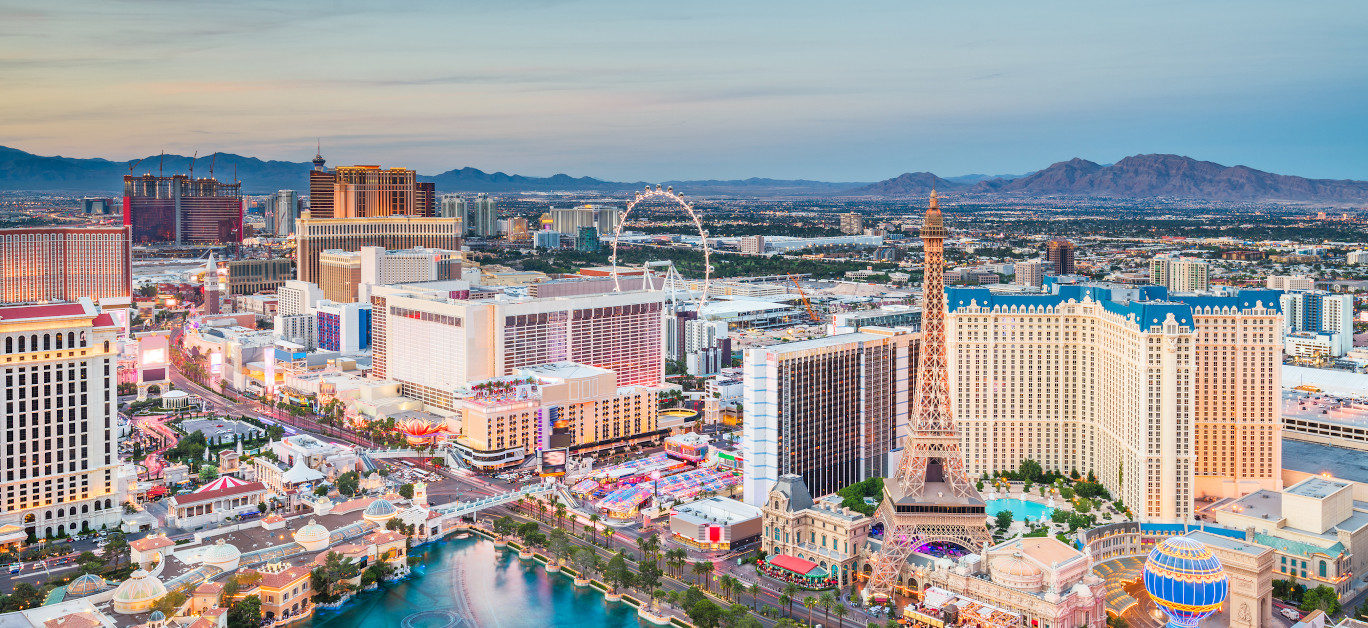Today, to hear the term “casino” is to immediately conjure images of Las Vegas, known colloquially as the “Entertainment Capital of the World.” Famous the world over for its gambling tourism, resident superstar performers and uproarious nightlife – however you define a ‘good time’, you can find it in the Nevadan desert city.
Las Vegas’ reputation as the gambling capital of the world precedes it. Its infamous casinos, clubs and cabarets saw it firmly established as the world’s first gambling tourism hub, and it remains a powerhouse to this day.
The autonomous Chinese region of Macau is the only administrative centre to gross more gambling revenues than Vegas, but the American city set the blueprint for the modern gambling mecca. The impact of the city’s glitz and glamour on gambling culture has been profound, and can now be seen replicated online, with sites like gambla.com and zamsino.com opening up.
But, it wasn’t always thus. In fact, Sin City, despite its legendary reputation, cabarets, could not be further from its root as a dusty old halfway house on the Old Spanish Trail between New Mexico and Los Angeles.
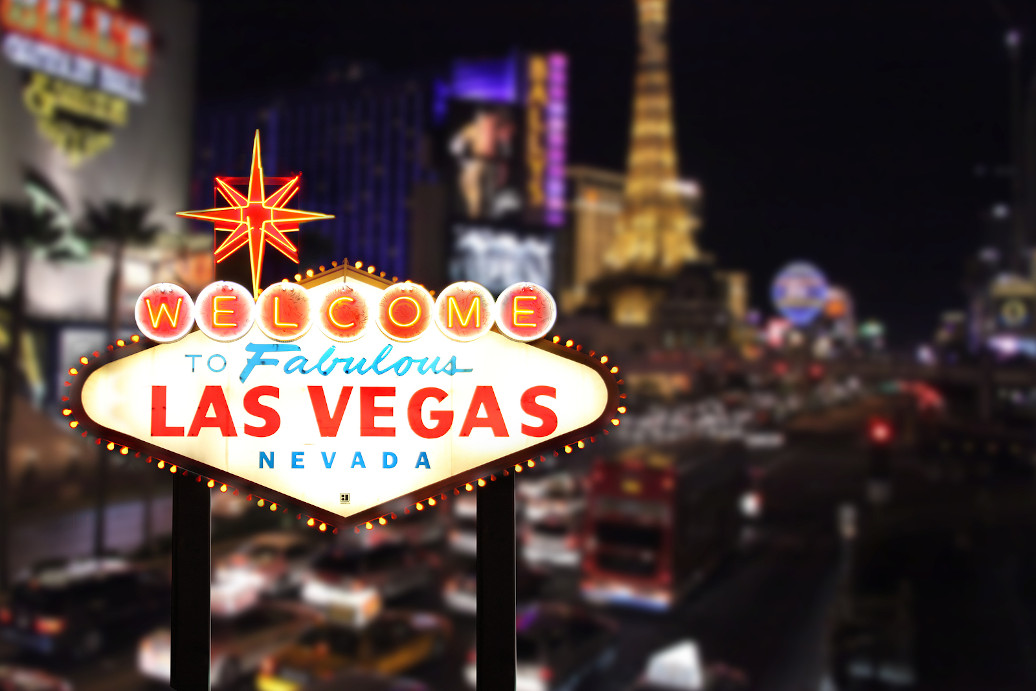
Humble Beginnings
It is believed that Las Vegas was founded by a convoy of merchants, led by the Spaniard Atonio Armijo, in 1829. In fact, Las Vegas translated into Spanish means ‘The Meadows.’
The Las Vegas Valley remained an outpost for travelling tradesmen, an opportunity to stock up on supplies between major routes, for a good number of decades that followed – although the result of a war between the US and Mexico meant that the territory became US-controlled in the 1840’s.
The city continued to evolve, largely thanks to its trading position en route to California, as well as its water resources flowing from the Colorado River. As a remaining military outpost, the majority of the settlement’s inhabitants were transient, either travellers or members of the forces.
With major interstate roads and railways developed at the turn of the 1900’s, Vegas was beginning to establish itself as an entity. However, the reluctant enforcement of gambling bans in 1910 hit the city hard, and forced many of the city’s gambling trade underground.
In 1930, though, the future economic landscape for the region was changed forever – the commissioning of what would later be known as the Hoover Dam.
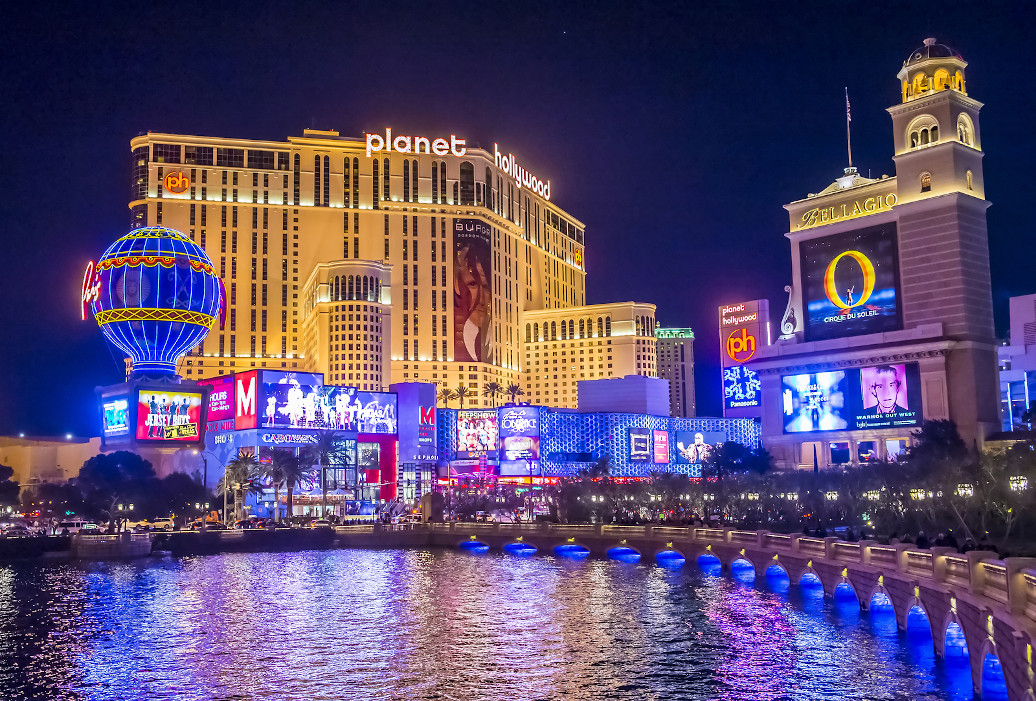
Dam, Girl
Green-lit at the beginning of the Great Depression, it could be argued that the construction of the Hoover Dam was the single-most important development of Las Vegas. Almost overnight, the city’s population swelled from 5,000 to 25,000, with the majority of the influx coming in the form of young, unemployed men hoping to secure work on the construction.
Of course, all of these workers needed somewhere to spend their money on their evenings and days off. The locals cottoned on, and quick, opening up gambling houses and gentlemen’s clubs to cater to the swathes of young, unattached men flocking to the Mojave Desert.
The local government restored gambling’s legal status in the city, and immediately granted licenses to institutions like the Northern Club and Hotel Apache – which still stands to this day.
Once the Dam’s construction was complete, a different type of clientele moved in. The Hoover Dam, and subsequently, Lake Mead, became tourist attractions – requiring the development of higher-end hotels to house them. Meanwhile, electricity generated by the dam flowed straight through Las Vegas – providing the city with the power for its neon signs and glitzy strip.
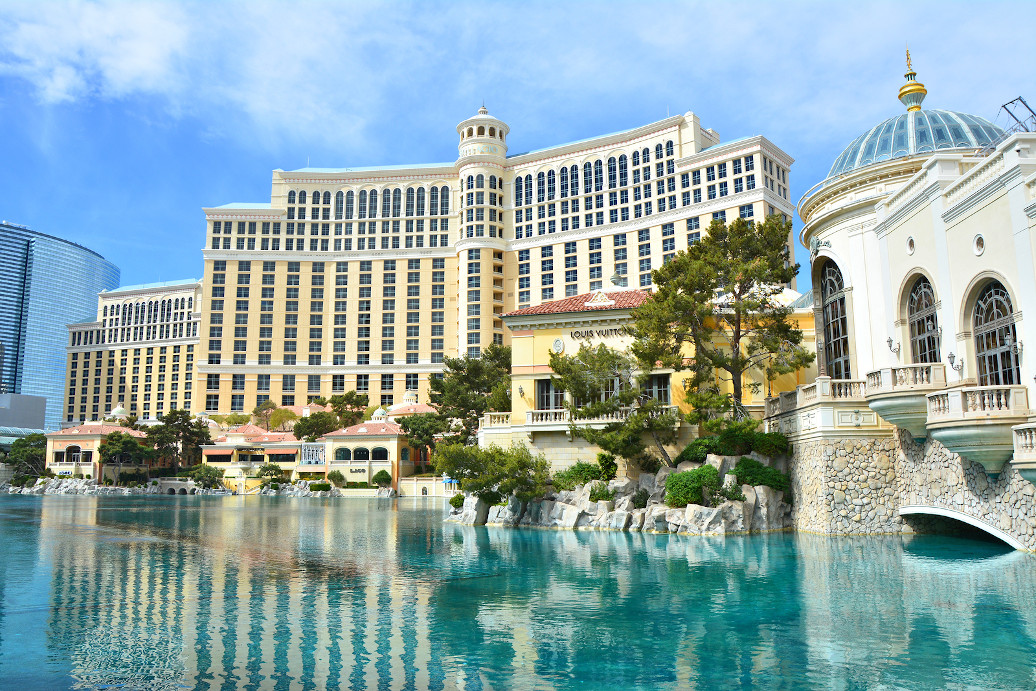
Post-War Boom
By 1954, a great number of casinos, many of which are still present today, were up and running – largely thanks to the local bank’s decision to lend money to casino owners for development, as well as some, shall we say, questionable figures, opening casinos as fronts for organised crime.
This did not stop tourists flocking in – and that year, over 8 million people had flocked to the strip, spending upwards of $200m in the region’s entertainment houses. This influx of capital and custom allowed the city to attract a number of the world’s biggest stars to perform in Vegas, including Frank Sinatra, Dean Martin and Carol Channing.
There were administrative issues in the city, as well as criminal ones. In a geographical quirk, much of the famous Strip does not lie within the Las Vegas city limits. In fact, it resides in Paradise – an unincorporated town used as a loophole in Nevada law by Strip casino owners to ensure that no tax is liable to the city of Vegas. To this day, many famous Strip hotels still lie outside of Vegas city limits.
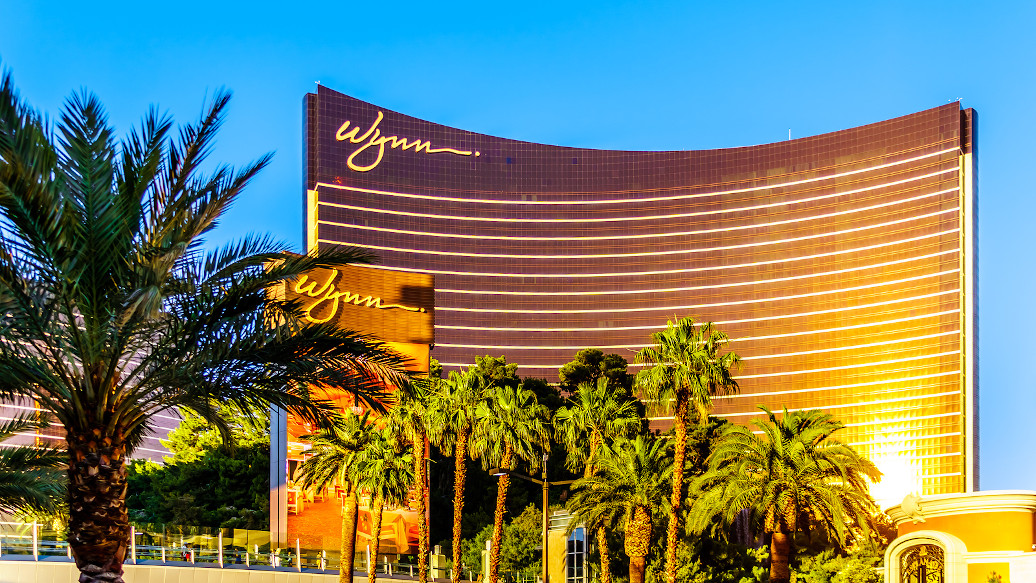
Modern Vegas
Despite a number of difficult growing pains that came with the almost overnight boom of Vegas’ entertainment industry, the city continued to experience exponential population growth until the mortgage crisis in the late noughties.
Thankfully, the majority of the city’s organised crime element, including notorious mobster and driving force behind the strip, Bugsy Siegel, eventually died out, killing off much of the conflict.
As a result, it allowed for developers from a newer generation to re-invent parts of Vegas, carrying them somewhat further away from the seedy reputation that has blighted the city from its inception.
Referred to as the ‘megaresort’ era, Vegas entered its latest phase of development, with more family-orientated hotel casino resorts popping up around the strip, catering to children as well as adults. This includes now household names like the Bellagio (1998), the MGM Grand (1993, replacing the venue which infamously burned down in the 1980, killing 85 people and injuring nearly 800), and the Excalibur (1990).
Please gamble responsibly (18+ UK) – check age restrictions before participating












